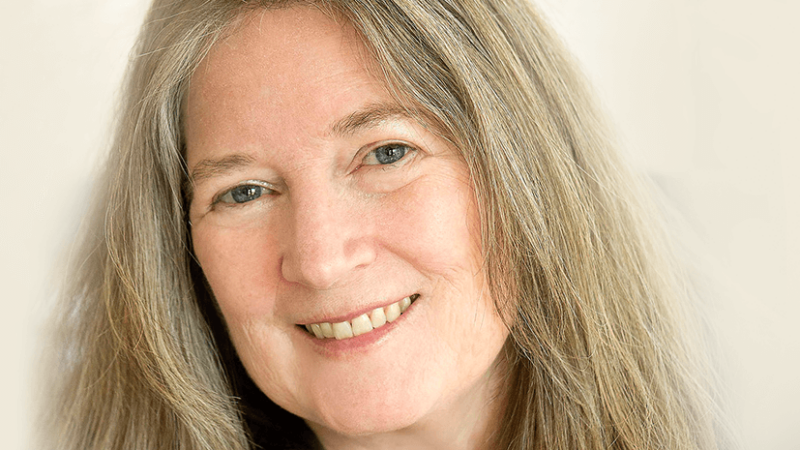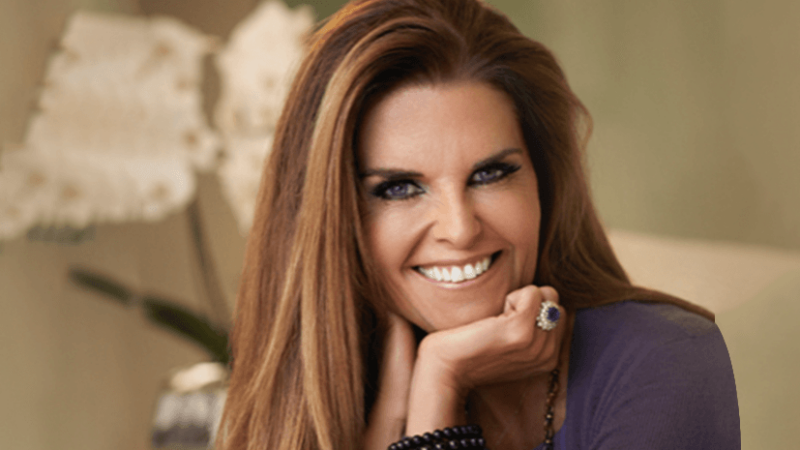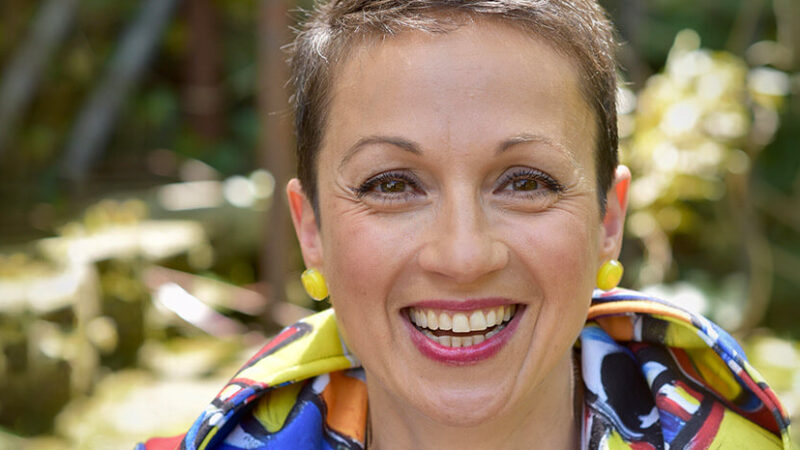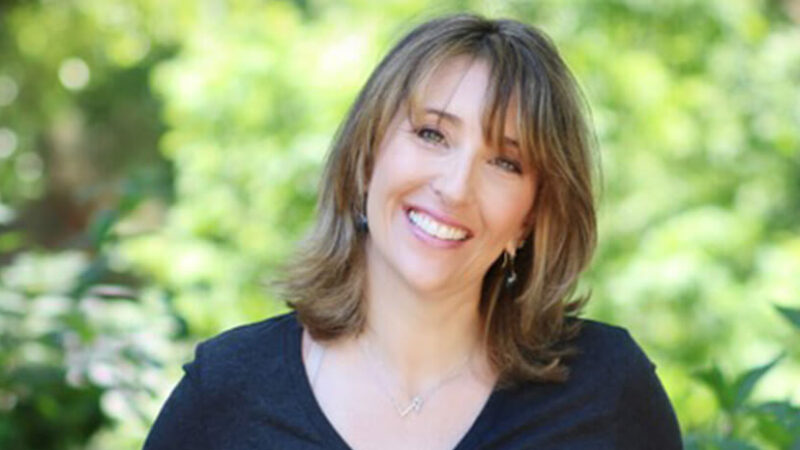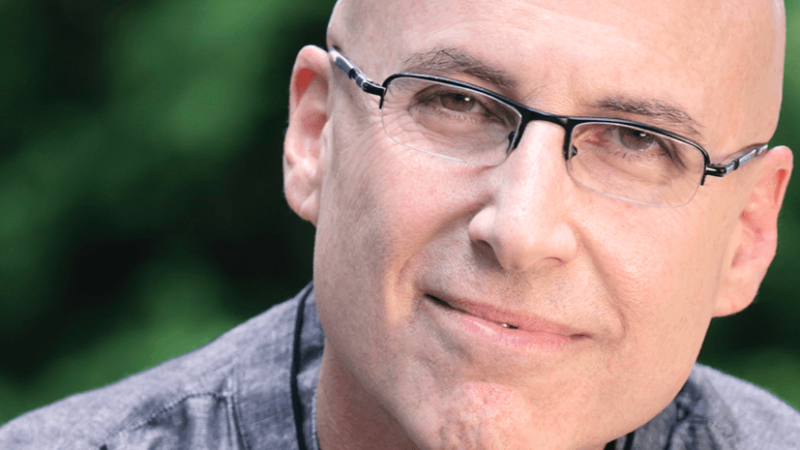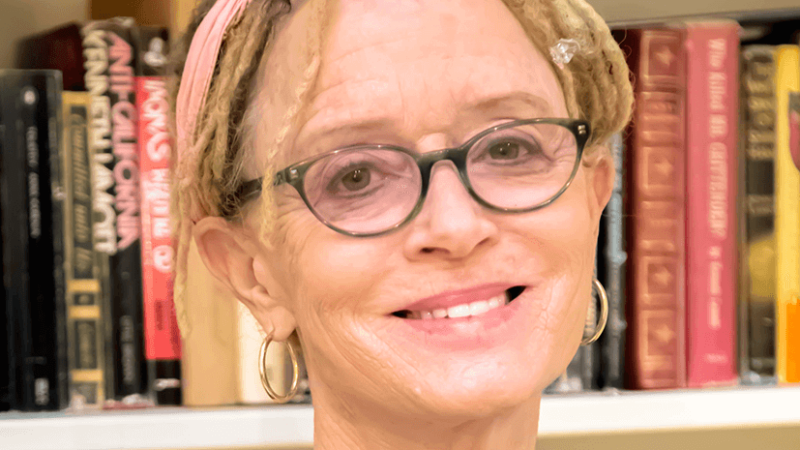Making Sense of Menopause
Susan Willson, CNM, is a Yale-educated certified nurse midwife and certified clinical thermographer with more than 40 years of experience in the women’s health field. She has taught at Omega Institute and is a frequent lecturer for the American College of Nurse-Midwives, where she lectures on women’s health and the emotional work of menopause. With Sounds True, she has authored the book, Making Sense of Menopause: Harnessing the Power and Potency of Your Wisdom Years.
In this podcast, Sounds True founder Tami Simon speaks with Susan Willson about her new book and her efforts to bring menopause out of the shadows and into the light, so we can learn how to embrace this passage to reclaiming our power and creativity as wise women and truth tellers. Susan and Tami also discuss: how our birth traditions reveal the heart of our culture, Susan’s journey as a cross-cultural midwife, normalizing the symptoms of perimenopause and menopause, overcoming the shame associated with menopause, why we need to tell our stories in order to heal, the hormone estriol and its connection to the brain’s creative centers, finding support for challenging symptoms so you can return to balance, key lifestyle changes to restore energy, reestablishing healthy sleep, good stress versus bad stress, how women and men’s sex drive changes as we age, the croning ritual and other ways to mark our passages in life, the qualities and characteristics of a wise woman, and more
